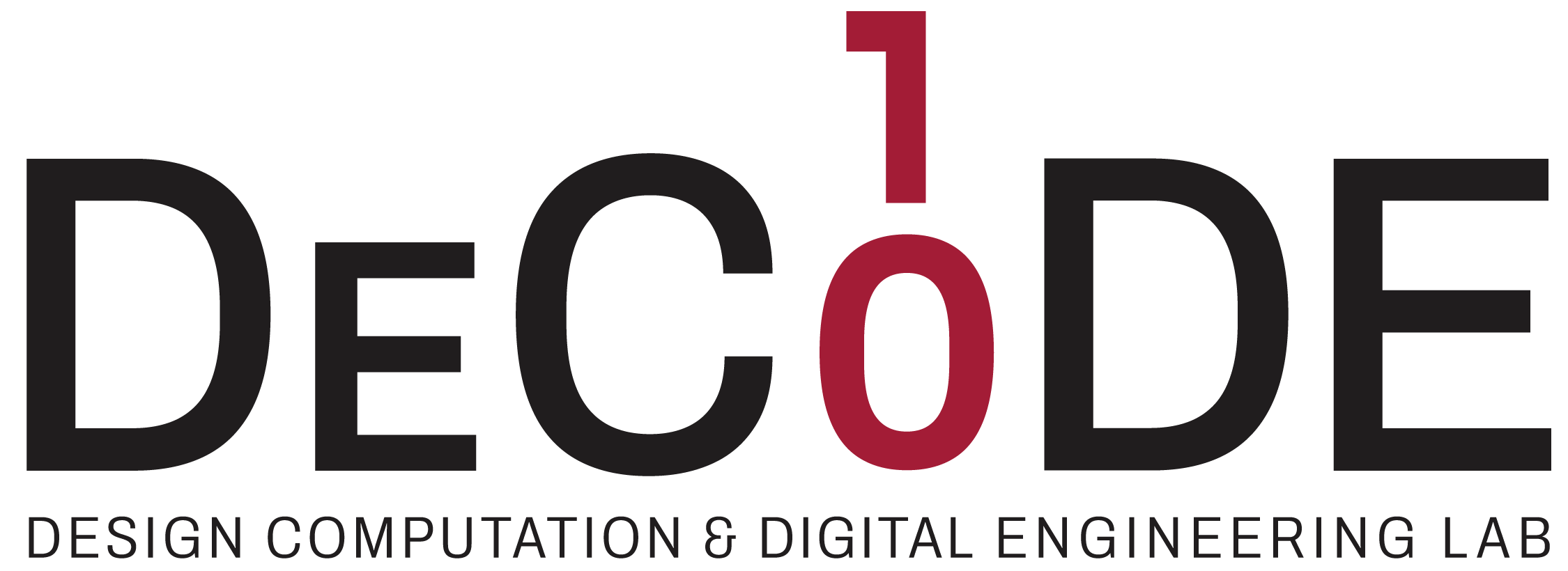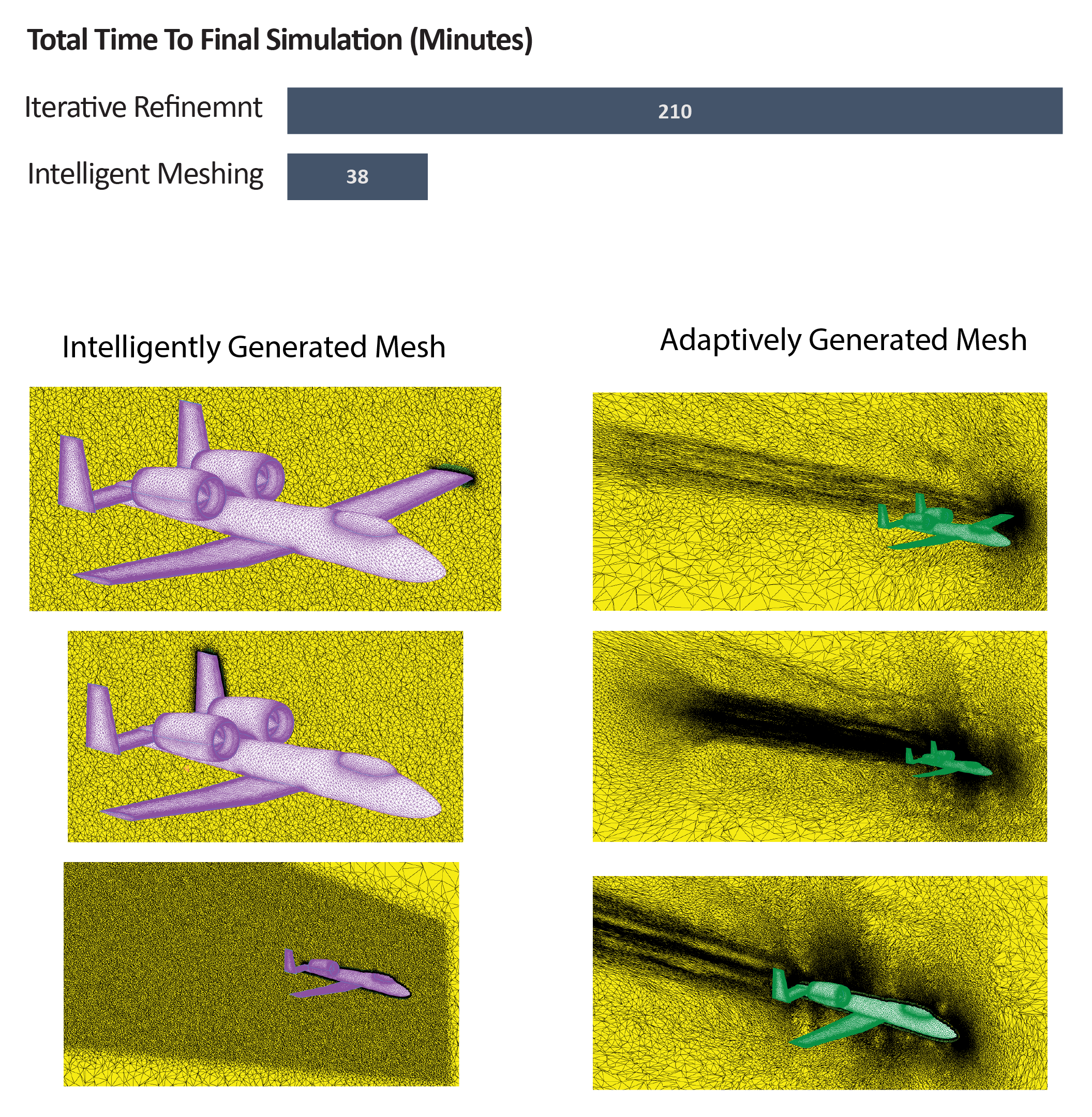Autosurf
Conformal Predictions Enhanced Expert-guided Meshing with Graph Neural Networks
1MIT 2Lincoln Laboratory



Conformal Predictions Enhanced Expert-guided Meshing with Graph Neural Networks
1MIT 2Lincoln Laboratory
• Mesh quality is critical for CFD simulations.
• Conventional automated meshing involves computationally costly iterative simulations.
• Experts are able to produce intelligently refined meshes which can yield accurate simulations without multiple iterations.
• Deep learning models have shown great promise in extracting complex geometric insight from 3D models.
• In this body of work we harness the capabilities of graph neural networks and conformal predictions to automate CFD meshing, drawing from expert generated rules.
The first step in our work was to create a dataset of accurate and realistic aircraft models and label the different parts of each model. Such a dataset did not exist publicly so we created the dataset ourselves. We start from 10 airplane models and augment the data through design parameter perturbation and remeshing to a final dataset of 1,050 labeled aircraft models.

We combine aspects of some of the best performing state of the art models and graph neural networks (GNN) for 3D segmentation of surface meshes of aircraft models. We call our novel architecture Autosurf.

Autosurf's prediction accuracy outperforms existing models, setting a new state of the art.

In order to generate an effective Computational Fluid Dynamics (CFD) mesh for an airplane model, it is necessary to apply specific mesh settings to different surfaces of the aircraft. As a result, it is not sufficient to classify different parts of the airplane in a single mesh. Instead, each surface of the aircraft must be meshed with specific settings. Thus, the most practical approach to automating the CFD meshing process would involve mapping the classifications from the mesh to the corresponding surfaces in a CAD model. These surfaces can then be meshed in a CFD meshing platform using the appropriate settings for each surface type.
To map predictions from the mesh to the CAD model, we take the predictions for each face in the mesh associated with the CAD files and calculate the location of the centroid of the face. Then we measure the distance from the centroid of each face to all the CAD surfaces and identify the closest surface in the CAD for each mesh face.

Simply mapping predictions from a deep learning classifier can be problematic. Conformal Prediction calibrates models with challenging uncertainties, like deep learning classifiers, to ensure predictions with a guaranteed correctness margin. We use conformal predictions to ensure conservative mesh settings, preventing under-refinement that may cause CFD simulation failures. We show that this approach is very effective in mitigating under-refinements in CFD meshing.

We conduct a case study on the A-10 model and perform CFD simulations using both intelligently generated mesh and adaptive refinement. Both methods obtain accurate CFD results however, by circumventing the 3 iteration of refinement needed for adaptive refinement our method obtains results 5 times faster.

Heyrani Nobari, A, Rey, J, Kodali, S, Jone, M & Ahmed, F. Automated CFD Meshing with Conformal Predictions and Expert Knowledge Integration using Graph Neural Networks. Proceedings of the ASME 2023 International Design Engineering Technical Conferences and Computers and Information in Engineering Conference.
@proceedings{autosurf,
author = {Amin Heyrani Nobari and Justin Rey and Suhas Kodali and Matthew Jones and Faez Ahmed},
title = {Automated CFD Meshing with Conformal Predictions and Expert Knowledge Integration using Graph Neural Networks.},
series = {International Design Engineering Technical Conferences and Computers and Information in Engineering Conference},
year = {2023},
month = {08}}
The authors acknowledge the Lincoln Laboratory for providing computational resources that have contributed to the research results reported in this paper. We also thank MathWorks for supporting Amin Heyrani Nobari's studies while working on this project.